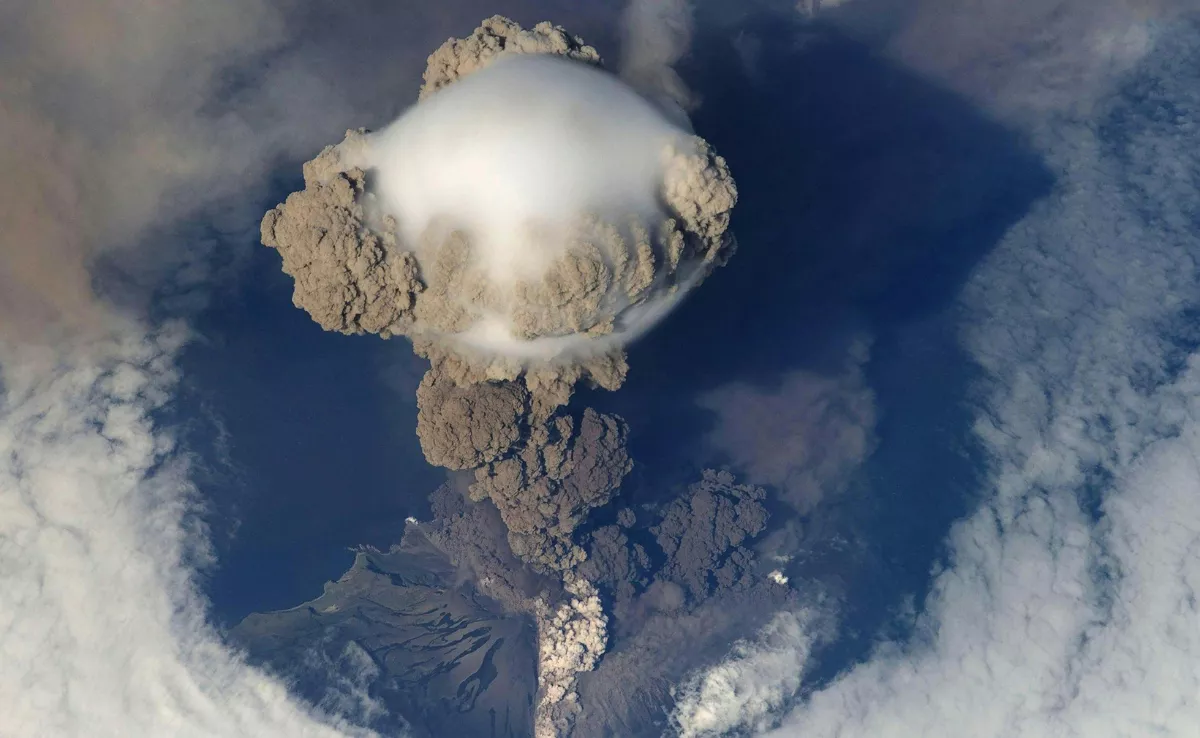
There are volcanoes that remain dormant for centuries and others that roar fiercely every few years.
But what makes them truly dangerous is not just their lava or explosiveness, but what surrounds them: people, towns, cities.
In Spain, the most recurring image is that of Teide, majestic and proud, but the reality points to another name when we talk about real and recent risk.
And you don’t have to travel very far to find it.
According to an analysis by HowStuffWorks, it is also in the Canary Islands, on an island that still bears fresh scars beneath its volcanic crust.
An unforgettable eruption
In September 2021, the world turned its eyes to La Palma when the Cumbre Vieja volcano broke its silence after half a century.
In just a few days, the lava devoured homes, cut off roads, destroyed crops, and forced the evacuation of thousands of people.
There were no fatalities, but the material and emotional damage was immeasurable.
Thousands of buildings were destroyed, hundreds of hectares covered with molten rock, and a population that lived for months on alert — and they still carry the shadow of this event on their shoulders.
It was a brutal reminder of the destructive potential that remains latent beneath the Canary soil.
Why it is the most dangerous
Although Teide is the tallest and best-known volcano in Spain, Cumbre Vieja tops the list of the most dangerous for one reason.
Its latest eruption was explosive, lengthy, and devastating, with a direct impact on populated areas and economic activities.
Unlike Teide, whose last eruption dates back to the 18th century, Cumbre Vieja has more recent activity.
Scientists consider it one of the most active volcanic systems in the archipelago.
Its proximity to populated areas makes it a threat to the island of La Palma.
Teide under control
It is true that Teide impresses with its height and symbolism, but its current level of risk is much lower.
It is monitored 24 hours a day by the National Geographic Institute (IGN) and other agencies, and shows no imminent signs of activity.
However, the volcanic system of Tenerife is complex and should not be underestimated.
Impact on island life
The eruption of 2021 made it clear that the volcanic risk in the Canary Islands is not a theory but a tangible reality.
The economic consequences were profound: lost homes, damaged infrastructure, and a recovery process that continues.
In addition, the need to strengthen volcanic monitoring, improve evacuation plans, and raise public awareness on how to act in future emergencies became apparent.
Other mentioned volcanoes
Outside of Spain, there are volcanoes whose fame transcends due to their history or magnitude: Mount Vesuvius in Italy, Mount St Helens in the United States, or Popocatépetl in Mexico, all having the potential to cause disasters.
The Canary Islands have learned, through lava and ash, that coexisting with volcanoes requires vigilance, education, and planning.
The eruption of La Palma has led to advancements in emergency management, but it has also exposed vulnerabilities.
Because when a volcano awakens, there is no turning back.














